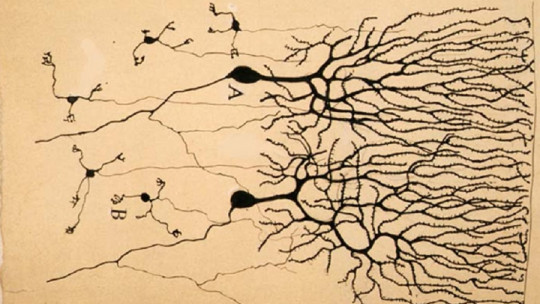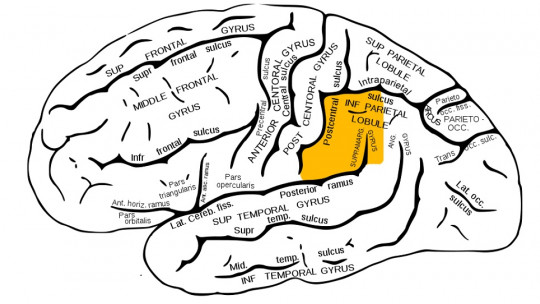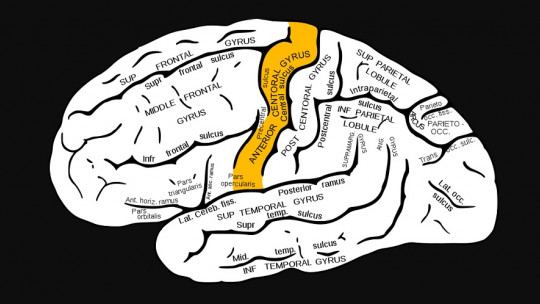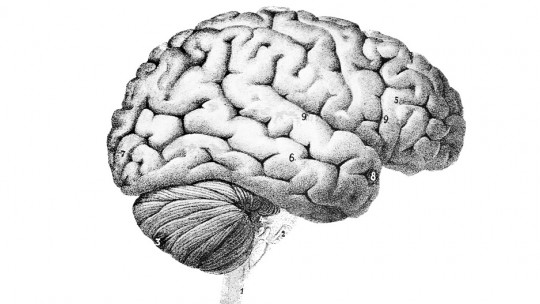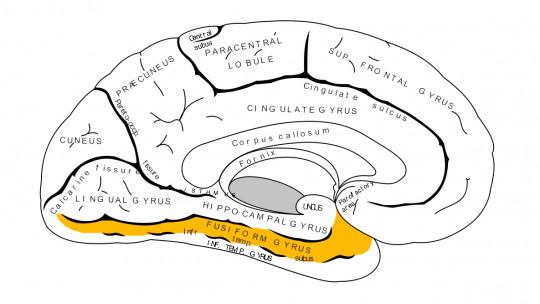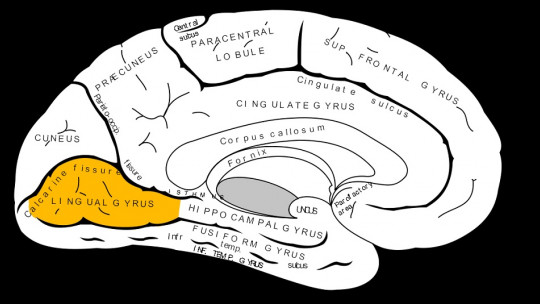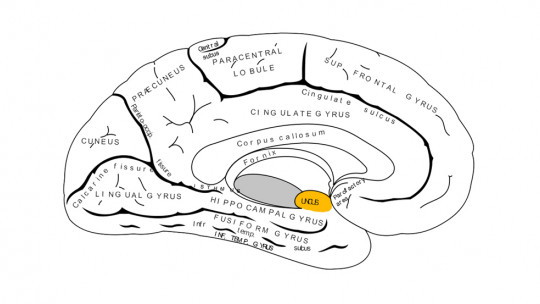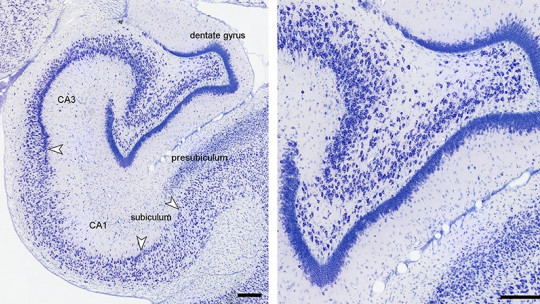
Our cerebral cortex is a complex structure extremely developed, which allows us to carry out and coordinate the different functions and actions that our body can carry out, both physically and mentally and both at the level of perception and action.
But this structure is not homogeneous: different brain areas specialize in different functions, with certain parts of the brain being more relevant for certain mental processes. An example of this is the dentate gyrus of great importance in the formation of memories, which we are going to talk about throughout this article.
What is the dentate gyrus?
We call the dentate gyrus a gyrus of the cerebral cortex located in the lower part of the temporal lobe of the brain, being part of one of the oldest phylogenetically speaking regions of the cortex (the archicortex). It borders, among other structures, with the corpus callosum (although it is separated from it thanks to the gray indusium), the entorhinal cortex, the hippocampus and the cingulate gyrus.
This small brain region is part of the hippocampal formation, connecting it with the cortex, and is mainly made up of gray matter (somas and unmyelinated axons). In fact, it is considered that this turn can be considered a modified and partially separated part of the hippocampus itself during neurodevelopment.
Thus, this part of the cortex has an important role with regard to the memory capacity of the human being, acting as a bridge between the entorhinal cortex (which in turn is considered a bridge between the hippocampus and the rest of the cortex) and the hippocampus. This structure acts by receiving afferents from the first and sending information to the rest of the hippocampal formation, passing through the dentate gyrus and the perforant pathway. However, its connections with the entorhinal cortex do not allow information to be returned through the same channel. It will be other structures that send the information back to the entorhinal cortex so that it can distribute it to other parts of the cortex.
The dentate gyrus has the peculiarity of being mainly made up of granule cells, which in their axonal endings end up transforming into mossy fibers that synapse exclusively with the Ammon field of the hippocampus. Furthermore, these cells are one of the few that can generate new neurons throughout the entire life cycle, in certain types of mammals (it is not yet known whether this also occurs in humans).
Features
The functions of the dentate gyrus, as we have mentioned above, are largely derived from its role as a connection between the entorhinal cortex and the hippocampus Thus, one of its main roles is to transmit information to this last structure in order to process it.
The dentate gyrus therefore has an important role in the formation of memories, based on episodic memory. It also has great importance at the level of navigation and spatial memory, this structure being what allows us to distinguish between similar environments.
He also exercises a role in memory consolidation and retrieval something that the aforementioned merits when participating in the recognition of similar locations.
Since the hippocampal formation is also part of the limbic system, it is suspected that the dentate gyrus also plays a role in the integration into memories of the emotions aroused by the experience. Likewise, the existence of variations in this area has been observed in the presence of emotional alterations such as stress or anxiety, as well as depression.
The birth of neurons in adults
Traditionally, it has always been said that the formation of new neurons occurred only in the first years of life and that once in adulthood we had approximately the same neurons for life until they died. However, over time it has been discovered that in some mammals, although not at a general level, some areas of the brain continue to produce, in small quantities, new neurons throughout the entire life cycle.
One of the points where this neurogenesis has been detected is the dentate gyrus. said birth has been associated with task learning and spatial learning, which in turn seem to enhance the birth of new neurons. However, studies in this regard do not demonstrate that neurogenesis generates an improvement in these abilities, with contradictory results being found (although this could be due to the need to develop strong synapses between the new neurons). More research is needed in this area,
Likewise, it has been observed that the environment has great importance in the formation of new neurons: stress or cholinergic lesions decrease the ability to generate new neurons, while stimulation enhances it. The observation of alterations in neurogenesis in this area is one of the main reasons that has led to thinking about the involvement of the dentate gyrus in the management of emotions, whether said alteration in neurogenesis is a cause or consequence.


